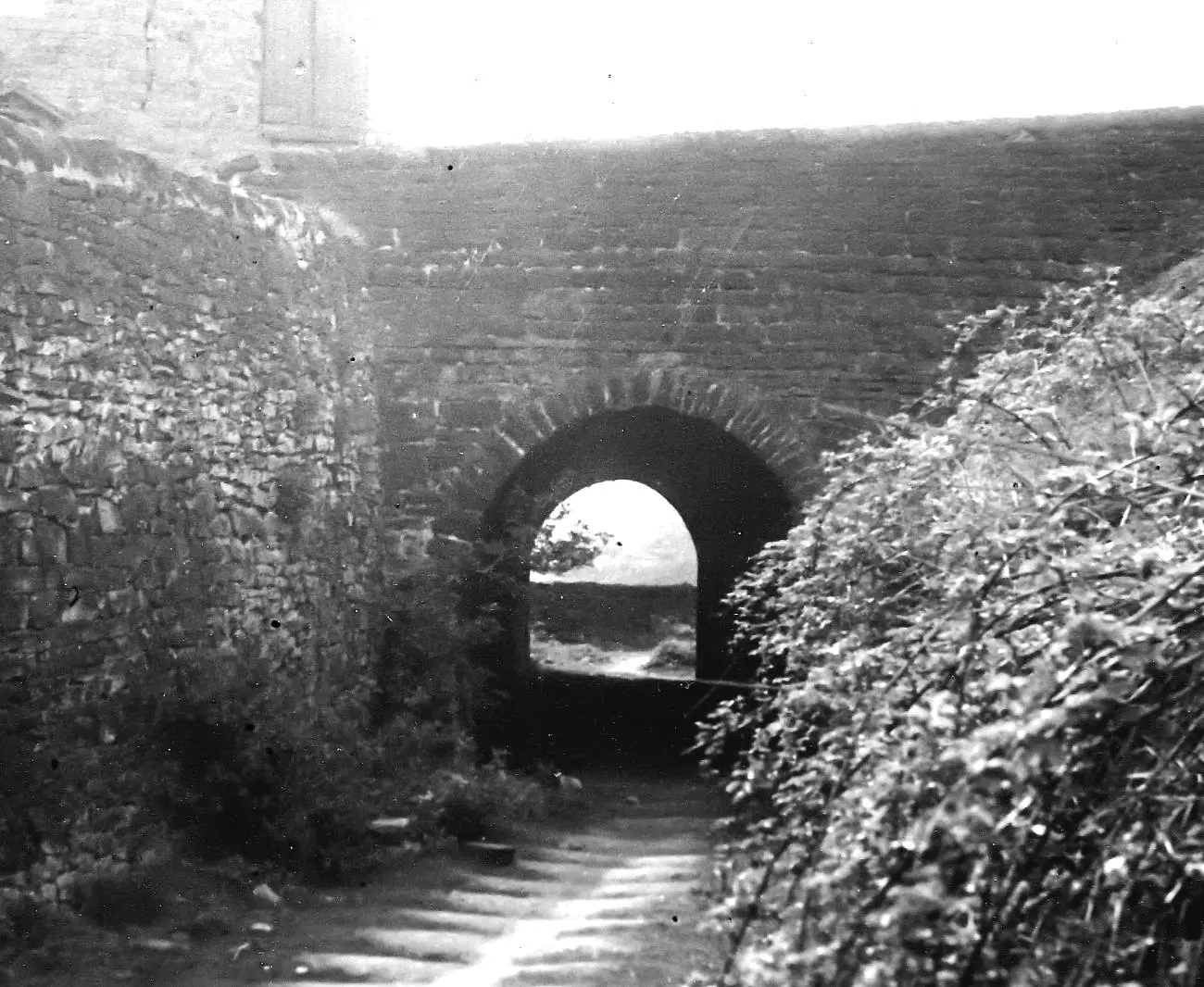The Old Silk Route vs. The New Silk Route: A Comparative Analysis
The Old Silk Route linked ancient trade; the New Silk Route (BRI) drives modern global trade.

The Silk Route, both in its ancient and modern incarnations, represents a monumental effort to connect distant regions through trade, culture, and economic exchange. While the Old Silk Route and the New Silk Route (often referred to as the Belt and Road Initiative, or BRI) share the same foundational concept of fostering connectivity, their differences are profound, shaped by the eras in which they emerged, their objectives, methods, and their broader implications. This article explores the key differences between these two monumental initiatives and the reasons behind their divergence.
Historical Context and Objectives
Old Silk Route: The Genesis of Global Trade
The Old Silk Route originated during the Han Dynasty of China around the 2nd century BCE. This network of trade routes was not a planned initiative but an organic development that evolved over centuries. It was named after one of its most famous commodities—silk—which was highly sought after in the West. The primary objective of the Old Silk Route was the exchange of goods, which naturally led to the exchange of ideas, cultures, and technologies. It connected the East (China, India, Persia) to the West (Europe and the Middle East), facilitating not just commerce but also the spread of religions, languages, and scientific knowledge.
New Silk Route (BRI): A Modern Strategic Vision
In contrast, the New Silk Route, or the Belt and Road Initiative, was launched in 2013 by China’s President Xi Jinping as a strategic, state-driven project. Unlike the Old Silk Route, the BRI is a carefully crafted geopolitical and economic initiative aimed at enhancing global trade, increasing China’s economic influence, and building infrastructure across Asia, Africa, Europe, and beyond. The BRI seeks to revive and expand the ancient trade routes through modern means, incorporating new regions and technologies, with a clear focus on enhancing China’s role as a global leader in trade and economic development.

Scope and Scale
Old Silk Route: Limited but Pioneering
The Old Silk Route was a series of interconnected paths, stretching over 4,000 miles across some of the most challenging terrains in the world. It was not a single road but a complex network of land and sea routes, facilitating the exchange of goods such as silk, spices, tea, and precious metals. Its scope was limited by the technology and transportation methods of the time—caravans, horses, and sailing ships. Despite its limitations, the Old Silk Route was groundbreaking, laying the foundation for the first global trade network and fostering cultural and intellectual exchanges that shaped civilizations.
New Silk Route (BRI): Global Ambition
The Belt and Road Initiative, on the other hand, is a vast and ambitious project with a global reach. It comprises the Silk Road Economic Belt (land routes) and the 21st Century Maritime Silk Road (sea routes), encompassing over 140 countries. The BRI involves massive investments in infrastructure, including highways, railways, ports, airports, and digital networks. The scale of the BRI dwarfs that of the Old Silk Route, with trillions of dollars in investment aimed at transforming global trade routes, boosting economic development, and expanding China’s influence across continents.

Methods and Technology
Old Silk Route: Organic Growth and Traditional Methods
The Old Silk Route’s methods were shaped by the limitations of the time. Trade was conducted through caravans that traversed deserts, mountains, and steppes, as well as through maritime routes across the Indian Ocean and the Mediterranean Sea. The exchange of goods was slow, dangerous, and often limited by geographic and political barriers. Despite these challenges, the Old Silk Route facilitated the spread of not just goods, but also ideas, religions, and technologies, contributing to the development of the civilizations it connected.

New Silk Route (BRI): Strategic Infrastructure and Modern Technology
In stark contrast, the BRI leverages modern technology and strategic investments to achieve its goals. The initiative involves building and upgrading infrastructure on a massive scale, including high-speed railways, highways, ports, and energy pipelines. Digital connectivity is also a key component, with investments in telecommunications, e-commerce, and smart cities. The BRI’s methods are not just about trade; they are about creating a comprehensive network that enhances economic integration and political influence.
Geopolitical and Economic Impact
Old Silk Route: Cultural Exchange and Indirect Influence
The Old Silk Route’s impact was profound but indirect. It facilitated the rise of powerful empires, the spread of religions like Buddhism and Islam, and the exchange of scientific and technological knowledge. However, its geopolitical influence was limited to the natural ebb and flow of trade and cultural exchange. Empires rose and fell along the route, but there was no single entity directing its course.

New Silk Route (BRI): Geopolitical Strategy and Economic Power
The BRI, in contrast, is a direct tool of China’s foreign policy and economic strategy. It is designed to increase China’s influence in participating countries through economic investment and infrastructure development. While the BRI promises economic growth and development, it has also been met with criticism. Concerns include the potential for debt dependency among participating countries, environmental impact, and the geopolitical implications of China’s expanding influence. The BRI has significantly reshaped global trade patterns, but it has also sparked debates about sovereignty, debt, and the balance of power in international relations.
Reasons for the Differences
The stark differences between the Old Silk Route and the New Silk Route can be attributed to several factors:
- Era and Technology: The Old Silk Route emerged in an era of limited technology and slow communication, where trade and cultural exchange happened organically over centuries. The BRI, on the other hand, is a product of the modern era, leveraging advanced technology and rapid communication to achieve its goals.
- Geopolitical Context: The Old Silk Route connected empires that were often isolated from one another, facilitating trade and cultural exchange without a central coordinating power. The BRI is driven by a single nation—China—with clear geopolitical objectives, aiming to reshape global trade routes in a way that enhances its influence.
- Economic Strategy: The Old Silk Route was primarily about the exchange of goods, with economic benefits being a byproduct of trade. The BRI, however, is a strategic economic initiative, with China investing heavily in infrastructure to create new markets for its goods, secure supply chains, and expand its economic and political influence.
Conclusion
The Old Silk Route and the New Silk Route (BRI) are both monumental in their own right, representing the spirit of connectivity that has shaped human history. However, they differ profoundly in their origins, methods, scope, and impact. The Old Silk Route was an organic network that evolved over centuries, facilitating trade and cultural exchange across vast distances. The New Silk Route, by contrast, is a modern, state-driven initiative with clear strategic objectives, aiming to reshape the global economic landscape and expand China’s influence.
Understanding these differences is crucial to appreciating the significance of these two great routes and their impact on world history and contemporary geopolitics.


